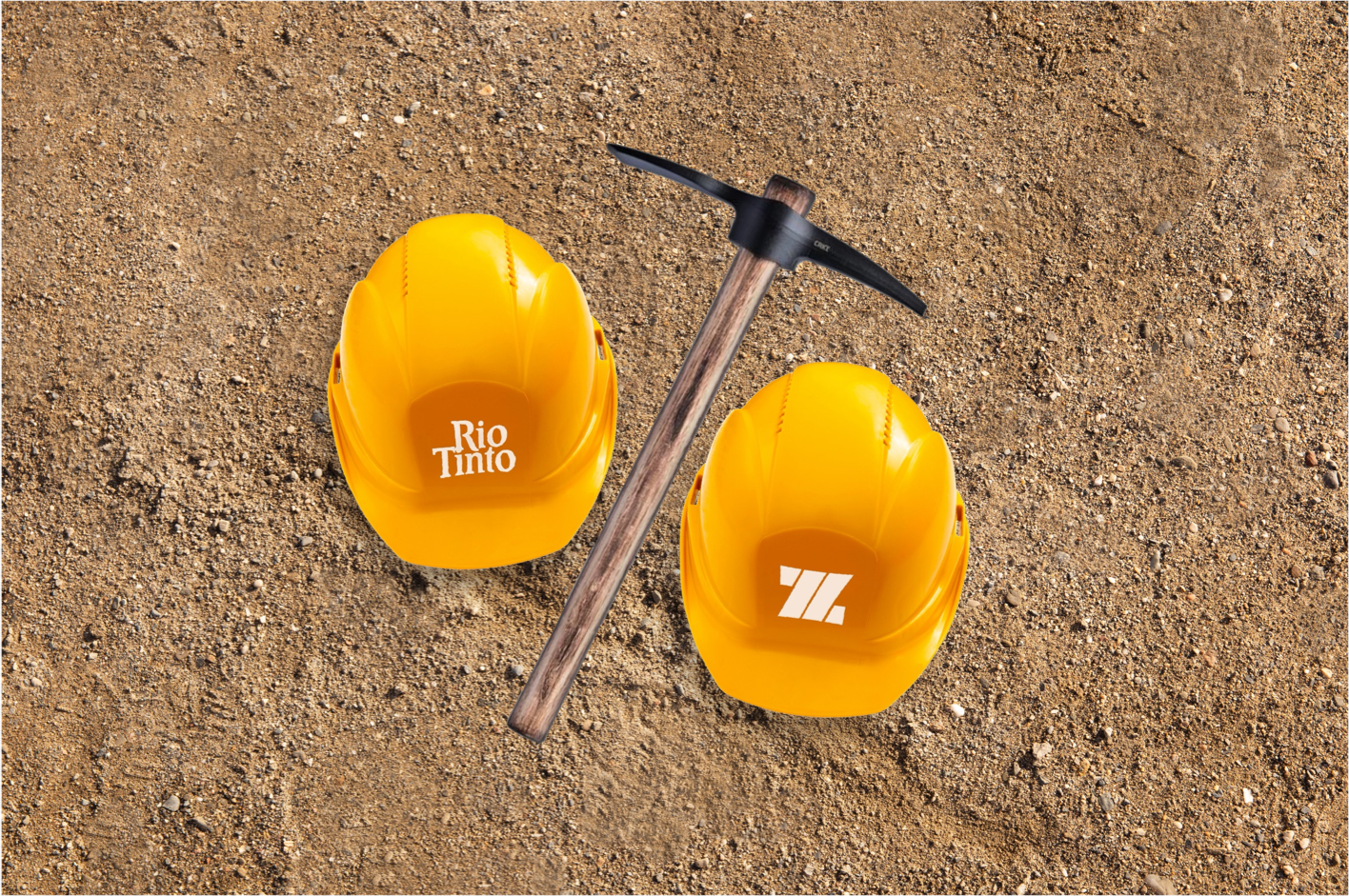Original article (in Serbian) was published on 9/8/2024; Author: Ivan Subotić
A reader reported to us an article published by a web portal Informer titled “Lithium in Europe: Even the Germans will dig”. In Germany, lithium exploitation should really start soon, and in several locations. The company Vulcan Energy acquired the right to exploit lithium from geothermal sources in the upper reaches of the Rhine River, and the Cinvald project received the necessary licenses for research on almost 5,000 hectares in Saxony.
However, does this mean that lithium exploitation projects in Germany and Serbia can be compared? We talked about this with a representative of the German Mineral Resources Agency (DERA), which functions as part of the Federal Institute for Geosciences and Natural Resources (BGR), but also with representatives of two lithium mining projects in Germany that Informer mentions in his text.
Response from DERA and BGR
The first project that Informer mentions is run by the company Vulcan, and it should be realized in the upper reaches of the Rhine. However, both the German agency DERA and the Federal Institute BGR state that it is difficult to compare the Vulcan projects in Germany and Rio Tinto in Serbia. “Extraction methods are completely different, each one follows different approaches”, says Marcel Kuc from the German Mineral Resources Agency, speaking on behalf of both institutions.
“In the German part of the Upper Rhine valley, the plan is to extract lithium directly from geothermal fluids located at a depth of about 3 km. This process will be integrated with the geothermal power plant. In contrast, the planned exploitation in Serbia will be carried out using conventional mining methods”, adds Kuc.
Vulcan’s response
This is also confirmed by the Vulcan company: they underline that their project cannot be compared to the planned lithium mining in Serbia and explain that “Vulcan’s approach to lithium production represents a more sustainable and environmentally friendly solution”.
“By combining geothermal energy and direct lithium extraction, Vulcan’s approach stands out with key environmental credentials: Unlike conventional methods that emit between 10 and 30 tons of carbon dioxide (CO2) per ton of lithium hydroxide, Vulcan emits net zero tons of CO2”, explains Lara Maidlinger from the company Vulcan.
Cinvald’s response
Informer also writes that Germany “also has significant reserves of lithium in solid rock”, where “lithium is present in the mineral cinvaldite, which is similar to jadarite”. That’s why we spoke with Marko Ulig, a representative of the Cinvald company, which is working on a project in which lithium obtained from the mineral cinvaldite in Germany should be exploited. He did not want to comment on the Jadar project, but stated that “all mining projects are unique in different ways, given the different geological, technological, legal, social, ecological and infrastructural situations”.
Jadarite vs cinvaldite
We also tried to check the claim that the minerals cinvaldite and jadarite are “similar”. To begin with, it should be emphasized that jadarite is a unique mineral, discovered only at the beginning of the 2000s. It has not yet been found anywhere in the world except in the Jadar river valley. On the other hand, we have known about the existence of cinvaldite since 1845, and except in Germany and the Czech Republic, it has been found on all permanently inhabited continents in over 50 countries of the world. Therefore, cinvaldite has been much more researched.
Cinvaldite differs from jadarite in its chemical composition. Jadarite contains boron, hydrogen, lithium, sodium, oxygen and silicon. There is no boron in cinvaldite, but that is why there is iron and magnesium, which are not found in jadarite. Jadarite is a unique mineral in terms of its chemical composition, and minerals that are similar to it in this sense include, for example, elbaite and its subspecies siberite, but not cinvaldite.
Mines in nature parks
Informer also wrote about the fact that “some of the projects are in the immediate vicinity or in protected nature zones that carry the Natura 2000 label” and cited mines in France and Austria as examples. We also checked this and concluded that the Emili lithium project in France is indeed located in a protected area, although the company that is supposed to implement it supposedly guarantees that there will be no danger to nature. As for the lithium project in Austria, it is located on the border of the Natura 2000 protected area.



